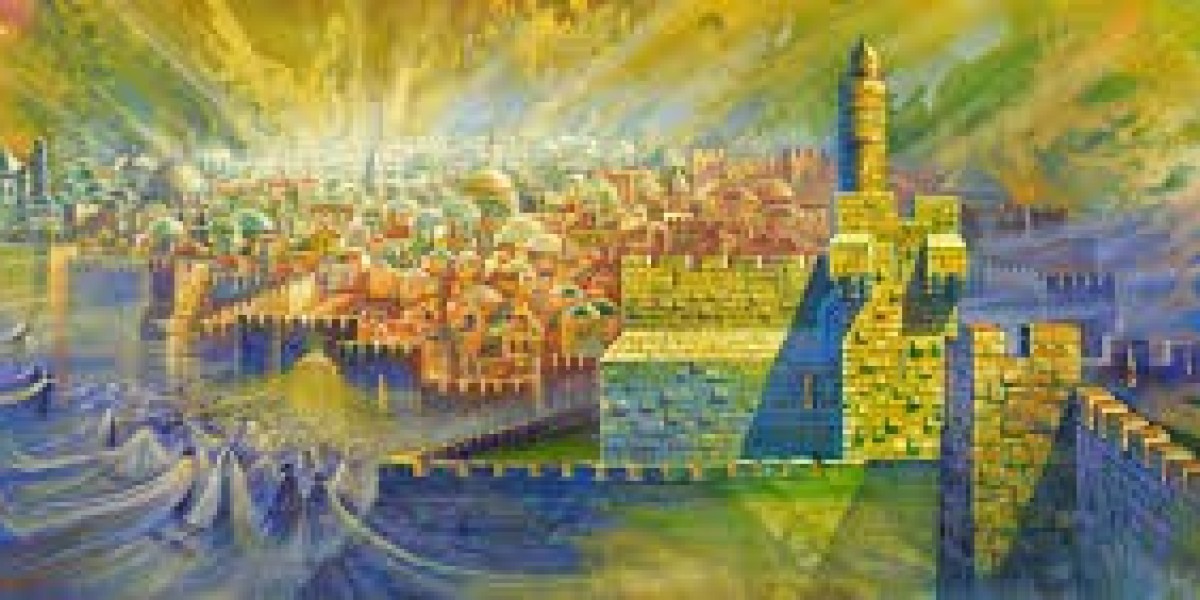Painting is one of the oldest and most revered forms of artistic expression. From the cave paintings of prehistoric times to the contemporary art movements of today, painting has evolved in techniques, styles, and purposes. This article explores the significance of painting, its historical development, and how it continues to captivate and challenge both artists and audiences alike.
1. The Origins of Painting: Prehistoric and Ancient Art
The roots of painting can be traced back to ancient civilizations, where early humans began using rudimentary tools and natural pigments to create images. The earliest known examples of painting are found on the walls of caves in France, Spain, and Indonesia, dating back to around 40,000 years ago.
Cave Paintings: The most famous prehistoric paintings, such as those found in the Lascaux caves in France, depict animals and hunting scenes. These works are often believed to have had spiritual or ritual significance, with early humans using them to communicate with the supernatural or to ensure successful hunts. The vibrant colors, often made from earth pigments like ochre, and the detailed depictions of animals suggest a deep connection between humans and their natural environment.
Ancient Civilizations: In ancient Egypt, Greece, and Rome, painting served both decorative and narrative functions. Egyptian tomb paintings often depicted the afterlife and daily life, using a stylized and symbolic approach to human figures. In ancient Greece, artists began to experiment with more naturalistic depictions of the human body, laying the groundwork for the classical approach to painting.
2. The Renaissance: A Revolution in Technique and Perspective
The Renaissance (14th to 17th century) marked a turning point in the history of painting. It was a time of rediscovery and innovation, as artists looked back to classical antiquity for inspiration while embracing new techniques and ideas.
Linear Perspective: One of the most significant advancements of the Renaissance was the development of linear perspective, which allowed artists to create the illusion of depth on a flat surface. Artists like Leonardo da Vinci and Raphael mastered this technique, revolutionizing the way people viewed space and proportion in art.
Humanism and Naturalism: Renaissance artists sought to depict the human form in a more realistic and lifelike way, influenced by the ideals of humanism. Artists like Michelangelo and Titian achieved remarkable advancements in the representation of the human body, focusing on accurate anatomy, emotion, and movement. The use of light and shadow, known as chiaroscuro, added a sense of realism and three-dimensionality to their work.
Famous Works: The Renaissance produced some of the most famous paintings in history, including Leonardo’s Mona Lisa, Michelangelo’s The Creation of Adam, and Botticelli’s The Birth of Venus. These works continue to be revered for their beauty, technical mastery, and profound cultural impact.
3. Baroque and Rococo: Drama and Ornamentation
Following the Renaissance, the Baroque (17th century) and Rococo (18th century) periods introduced new approaches to painting, characterized by dramatic emotion, movement, and ornate decoration.
Baroque Painting: The Baroque style, exemplified by artists like Caravaggio, Rembrandt, and Peter Paul Rubens, emphasized bold contrasts between light and dark (chiaroscuro), intense emotion, and dynamic compositions. Baroque artists often depicted religious themes, historical events, and mythological scenes with a sense of grandeur and drama.
Rococo Style: Emerging in the 18th century, the Rococo style was lighter, more playful, and characterized by soft colors, delicate lines, and scenes of leisure. Artists like François Boucher and Jean-Honoré Fragonard created romantic and whimsical works that often featured the aristocracy in playful, intimate settings.
4. Impressionism: Breaking the Boundaries of Realism
The late 19th century saw the rise of Impressionism, a revolutionary art movement that rejected the academic conventions of realism and sought to capture the fleeting effects of light and color in everyday life.
Revolutionary Techniques: Impressionists like Claude Monet, Pierre-Auguste Renoir, and Edgar Degas experimented with loose brushwork, bright color palettes, and the portrayal of ordinary scenes, such as landscapes, city streets, and leisure activities. They often painted en plein air (outdoors), capturing the changing effects of natural light.
Focus on Perception: Instead of attempting to achieve perfect realism, Impressionists focused on how light and color appeared to the human eye at a specific moment. This led to paintings with a sense of movement and immediacy, as seen in Monet’s Water Lilies series and Renoir’s Luncheon of the Boating Party.
5. Modern and Contemporary Art: Abstraction and Expressionism
The 20th century brought dramatic shifts in the world of painting, with movements like Cubism, Abstract Expressionism, and Surrealism challenging traditional notions of representation and pushing the boundaries of artistic expression.
Cubism: Developed by Pablo Picasso and Georges Braque, Cubism fragmented objects into geometric shapes and multiple perspectives. This radical departure from realistic depiction allowed artists to explore new ways of seeing and interpreting the world. Picasso’s Les Demoiselles d'Avignon and Braque’s Violin and Candlestick are prime examples of Cubist innovation.
Abstract Expressionism: Artists like Jackson Pollock, Mark Rothko, and Willem de Kooning explored abstraction and emotion in painting, moving away from representational art altogether. Pollock’s iconic “drip” paintings, for example, were a reflection of his inner turmoil and a search for spontaneity and freedom in artistic creation.
Surrealism: Surrealists like Salvador Dalí and René Magritte used painting to explore the unconscious mind, dreams, and irrational thought. Their works, such as Dalí’s The Persistence of Memory and Magritte’s The Son of Man, are filled with bizarre, dreamlike imagery that challenges reality and logic.
Contemporary Art: Today, painting continues to evolve in diverse directions. Artists like Gerhard Richter, Yayoi Kusama, and Banksy experiment with new media, styles, and techniques, merging traditional painting with digital art, street art, and conceptual approaches. Contemporary painting often engages with themes like identity, politics, technology, and global issues, reflecting the complexities of modern life.
6. The Role of Painting in Society
Throughout history, painting has played an essential role in shaping culture, preserving history, and conveying complex ideas. It has served as a medium for political and social commentary, religious devotion, and personal expression.
Political and Social Commentary: Many painters have used their work to reflect or critique the world around them. From Goya’s The Third of May 1808, which depicts the horrors of war, to Guernica by Picasso, which responds to the bombing of a Spanish town during the Spanish Civil War, painting has been a powerful tool for social change and reflection.
Personal Expression: For many artists, painting is a deeply personal pursuit, a means to express emotion, identity, and experiences. Abstract artists like Wassily Kandinsky and Frida Kahlo used painting to explore their inner lives and struggles, creating works that are intensely personal yet universally relatable.
7. Conclusion: The Enduring Power of Painting
Despite the many changes in the art world, painting remains a vital and powerful form of artistic expression. Whether through capturing fleeting moments, exploring the unconscious mind, or addressing societal issues, painting continues to inspire, provoke, and connect people across generations.
As a medium, painting invites us to pause and reflect on the world around us, while also offering endless possibilities for innovation and reinterpretation. From the earliest cave paintings to the latest contemporary works, painting remains an enduring testament to the human desire to create, understand, and communicate through the visual language of art.










